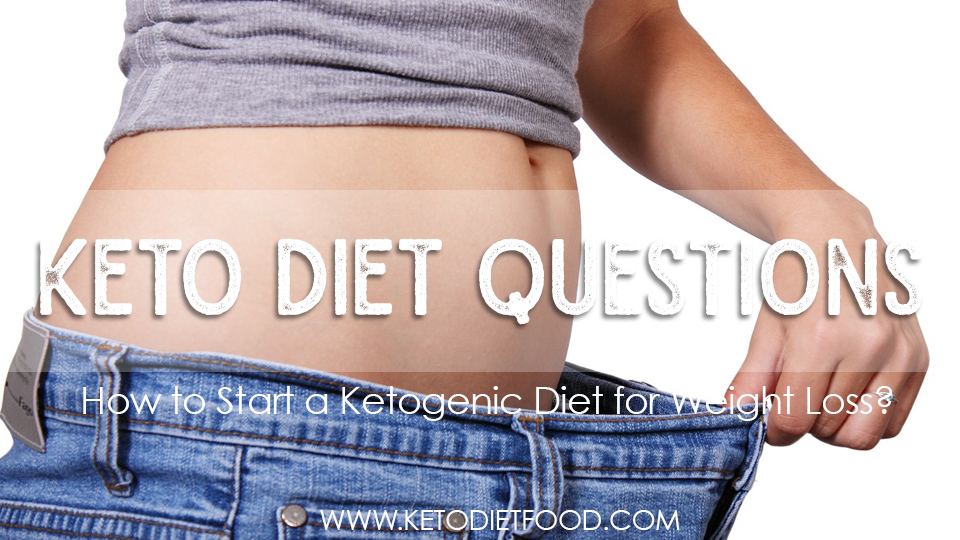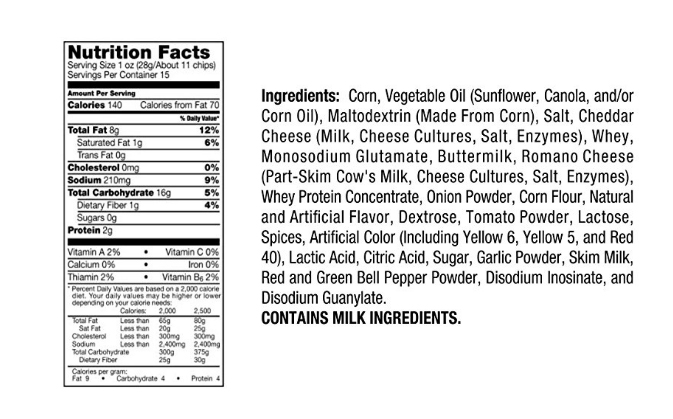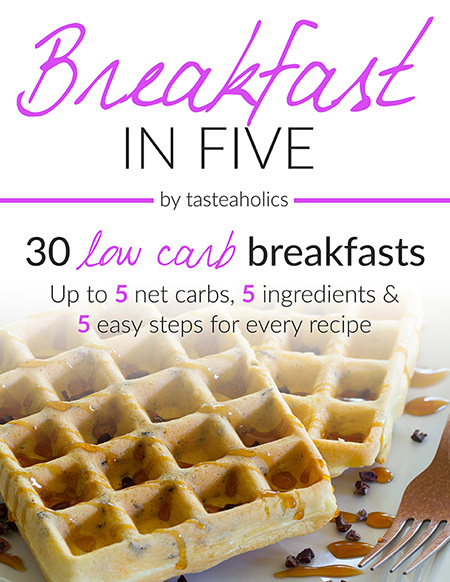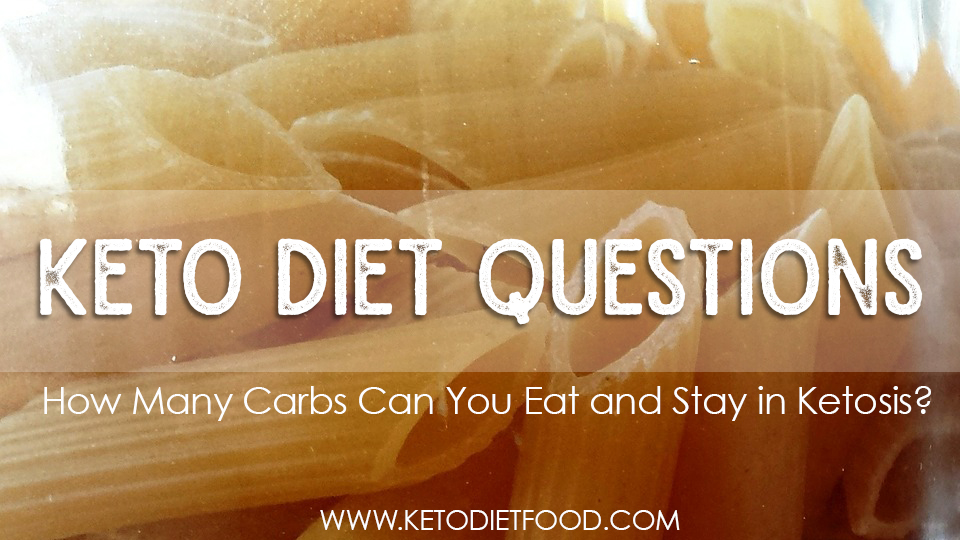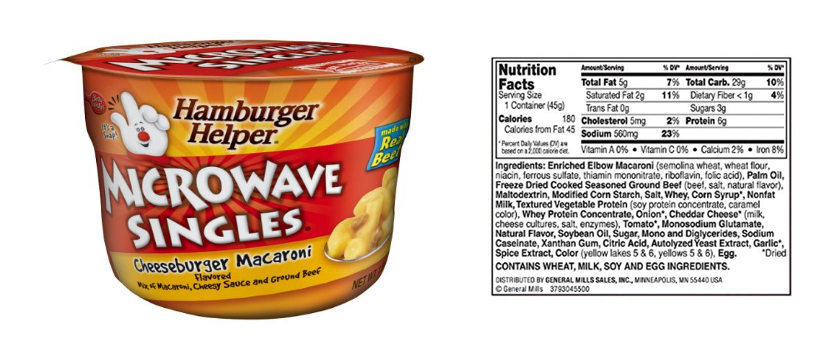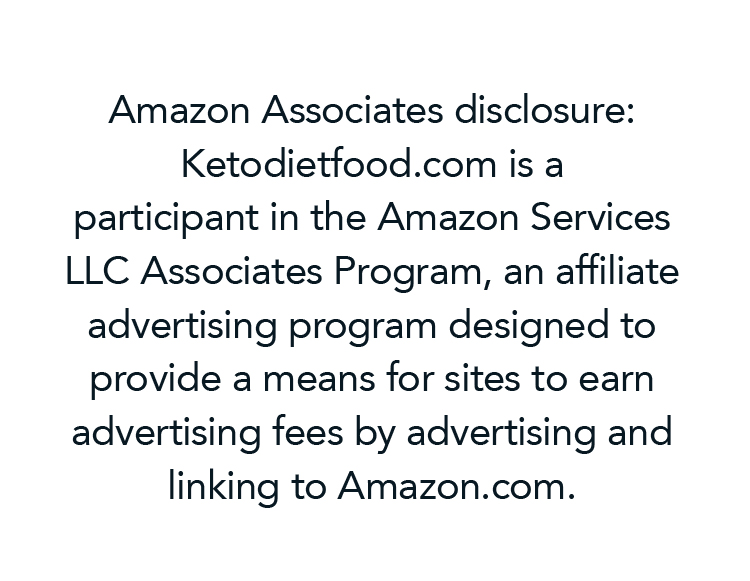What’s the Best Book on the Ketogenic Diet?
In my opinion, the best book on the ketogenic diet for beginners or seasoned LCHF dieters who want a refresher on the benefits of the ketogenic diet is “Keto Clarity” by health blogger Jimmy Moore and internist Dr. Eric C. Westerman.
What’s in Keto Clarity?
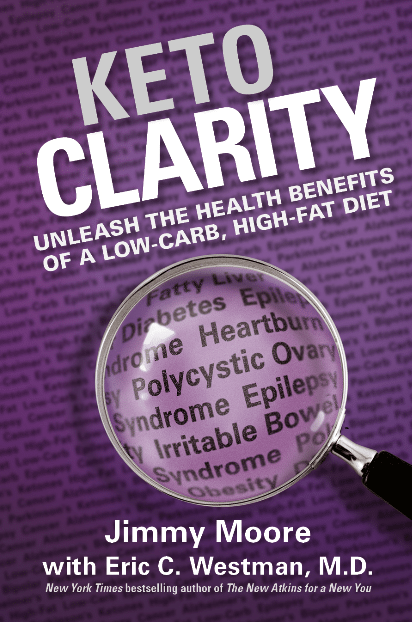 The authors of Keto Clarity have compiled the research as to why ketosis is normal for your body and how the ketogenic diet is used by medical professionals to treat obesity, cancer, epilepsy and more health issues that are corrected when your body begins to burn fat instead of storing it – and creating ketones as an energy source.
The authors of Keto Clarity have compiled the research as to why ketosis is normal for your body and how the ketogenic diet is used by medical professionals to treat obesity, cancer, epilepsy and more health issues that are corrected when your body begins to burn fat instead of storing it – and creating ketones as an energy source.
Many health issues related to today’s diet can be corrected on the ketogenic diet: epilepsy, Type 2 diabetes, obesity, cardiovascular disease, metabolic syndrome, polycystic ovarian syndrome, irritable bowel syndrome, heartburn, nonalcoholic fatty liver disease.
And the authors present a cogent argument based on scientific studies as to why the ketogenic diet can be used to help treat or prevent: Alzheimer’s Disease, Parkinson’s Disease, dementia, mental illness, schizophrenia, bipolar, depression, narcolepsy, and sleep disorders.
What I love is the step-by-step guide that will help you to produce more ketone bodies (get Ketone test strips here) and manage your ketogenic diet plan.
Jimmy personally undertook a yearlong study of his own body, which is included in the book and food shopping lists with over 25 low-carb & high-fat recipes to build a basis of a ketogenic meal plan, and a 21-day ketogenic diet meal plan to get you started on your ketogenic life path.
Keto Clarity is likely the best book on the ketogenic diet because it does more than give you a few recipes and explain the concepts, it helps people who need to dig deeper and understand the science behind the diet.
Other Ketogenic Diet Books and products recommended:
The Ketogenic Bible: The Authoritative Guide to Ketosis (New Release) – Learn More
Good Calories, Bad Calories by Gary Taubes – Learn More
Keto in 28 – Learn More
Bacon & Butter – Learn More
Ketogenic Diet Recipes – Keto in Five – Learn More
Just starting the Ketogenic Diet? Trylowcarb.com has an excellent set of recipes that are all 5 Carbs, 5 ingredients and 5 easy steps to make ketogenic friendly meals. 30 days of LCHF recipes to kick-start your day and round out your dinner.
Disclaimer: I’m not a dietitian or nutritionist, but a health enthusiast, clean eater and ketogenic diet and intermittent fasting partaker. I started this website because I love the ketogenic diet and intermittent fasting lifestyle. My favorite way of eating is to eliminate as many carbs as possible from my diet, eat lots of greens, and real food, forego anything that comes in boxes or is manufactured or produced in a factory or made from chemicals that mean absolutely nothing to the average person. I’m recommending products in this article that have affiliate links and will pay me a small commission if you purchase something to help you along with your keto diet. I always recommend products I think will be beneficial, based on other people’s reviews of the products or my personal research on the efficacy of the product, for your ketogenic diet journey.
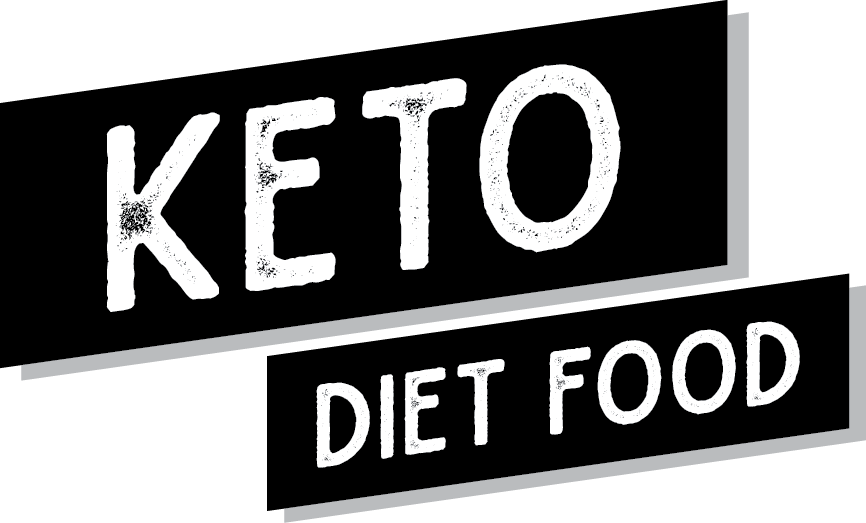

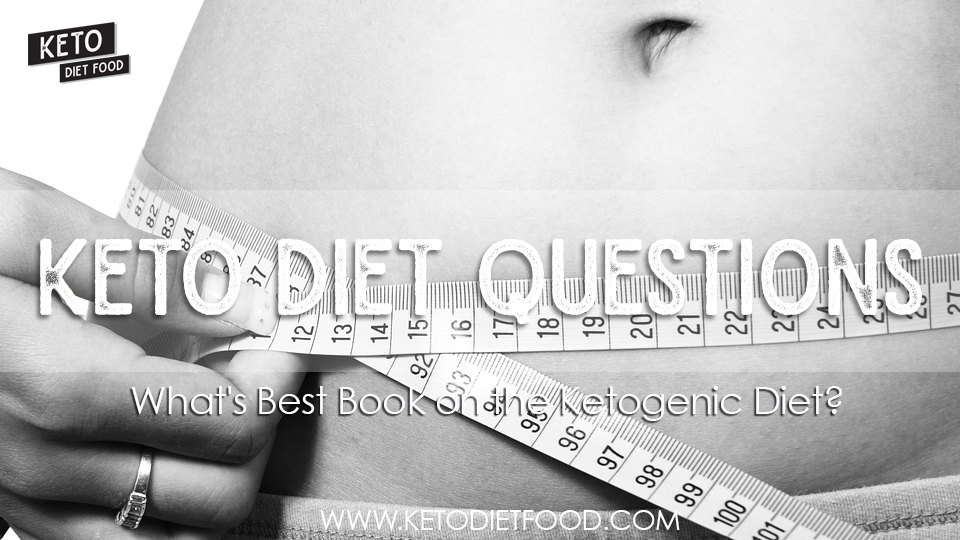
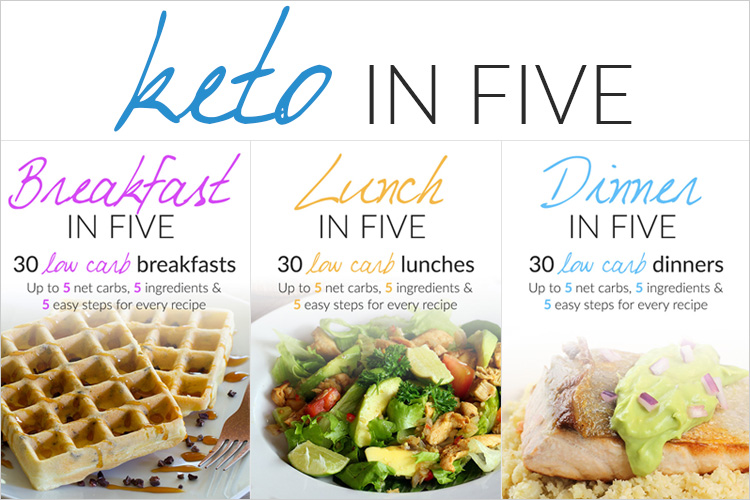
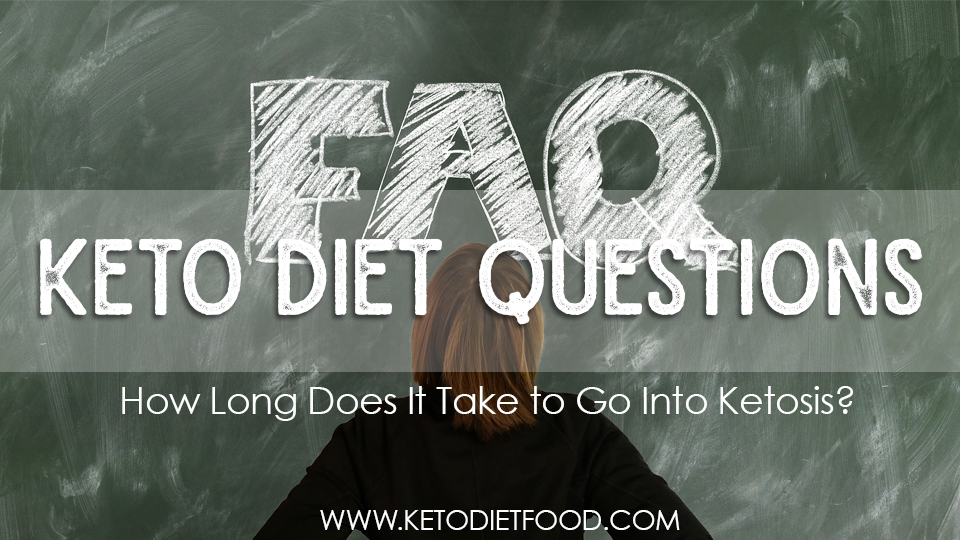
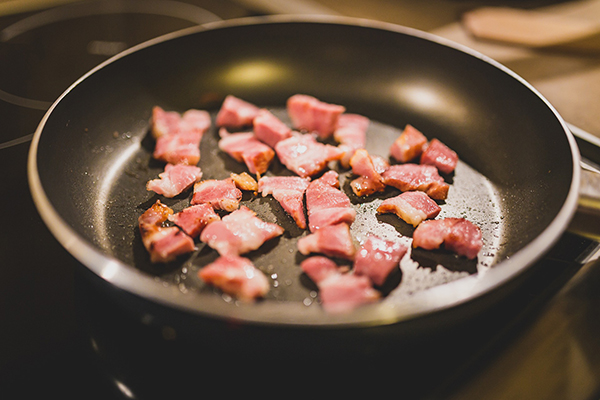
 Final Thoughts on “How Long Does it Take to Go Into Ketosis”:
Final Thoughts on “How Long Does it Take to Go Into Ketosis”: